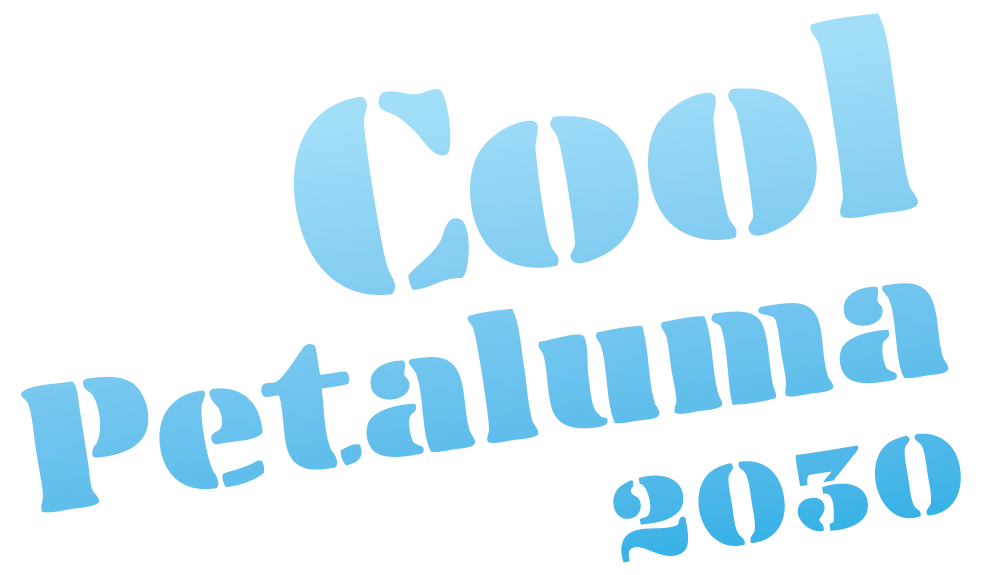Reduce Food Waste
Reduce Food Waste
Why?
Why food waste should be reduced here…
Action 1/3: Reduce food waste
You may have heard that we Americans waste up to 40 percent of our food. We’re squandering not only food, but also money, labor, water, energy, and other resources – all while at least 1 in 10 have too little to eat and are food insecure. What a waste! To make matters worse, much of this food ends up in landfills, where it turns into a potent greenhouse gas, called methane – adding significantly to the climate crisis.
We consumers are responsible for up to half of this food waste. Sad as this is, there’s a silver lining here. It means we can all do something about this problem RIGHT NOW. Reducing food waste is an action you can really sink your teeth into!
Plan meals, shopping, and food storage
You can prevent food waste in so many ways. Some steps are relatively simple and just require a little planning so you use all the food you buy.
For example, plan your meals and shop from a list, so you don’t overbuy. As for storage, don’t stuff so much into your fridge that you end up with an inedible science experiment! Instead, prioritize: Try creating an “Eat Me First” shelf or box in your fridge. And find out other ways to store different kinds of food so they last longer. You might be surprised what a difference that makes.
FoodPrint: 15 Ways to Reduce Food Waste
Save the Food: Store It
Regeneration: Wasting Nothing
Understand food date labels
Far too often, people throw away food that’s still edible – this is often due to confusing food date labels. Food manufacturers create labels such as “Best By,” “Use By, “Sell By,” and “Expiration” to indicate peak quality of foods, not the day you should discard them. The last Congress aimed to rectify that with the Food Date Labeling Act. Oftentimes, you can rely on your nose and eyes to assess spoilage. But when in doubt, refer to “Eat By Date” for shelf life estimates.
FoodPrint: Should You Follow Expiration Dates and Sell-By Dates?
Eat by Date: How Long Does Food Last?
Share or preserve extra food
Sometimes extra food is unavoidable. For example, maybe you hosted a big party and misjudged how much people would eat. Start by sending folks home with “doggy bags” or check to see if a neighbor is interested. Two other options are using a food-sharing app like Olio or donating to a local food bank, food pantry, or shelter. Petaluma Bounty posts an online list of places you can take your excess food. Or volunteer to be a Petaluma Bounty Hunter and help harvest extra food in your community.
Another way to make use of extra food is to preserve it. First of all, freeze what you can – you can even freeze vegetable scraps and later turn them into stock. Think about taking a class to learn how to pickle, dehydrate, or ferment some of your food.
Shareable: How to Start a Crop Swap
Olio: Your local sharing app
Petaluma Bounty: Food Donations
Volunteer as a Petaluma Bounty Hunter
Compost scraps
You’ve done what you can to eat your leftovers and share with others, or to feed animals your extras. Now keep the truly inedible out of the landfill. By doing so, you’ll be turning uneaten scraps into a valuable soil additive instead of methane. That’s what you can call a win-win!
Compost at home or in the community or put scraps in your curbside green bin. If you compost at home, choose a method that fits your lifestyle. Try the fun infographic below to help you pick.
Infographic: Choosing the Best Compost Method
Zero Waste Sonoma: Home Composting
Daily Acts & the City of Petaluma: Backyard Composting 101 with Lori Caldwell
FoodPrint: Compost 101

